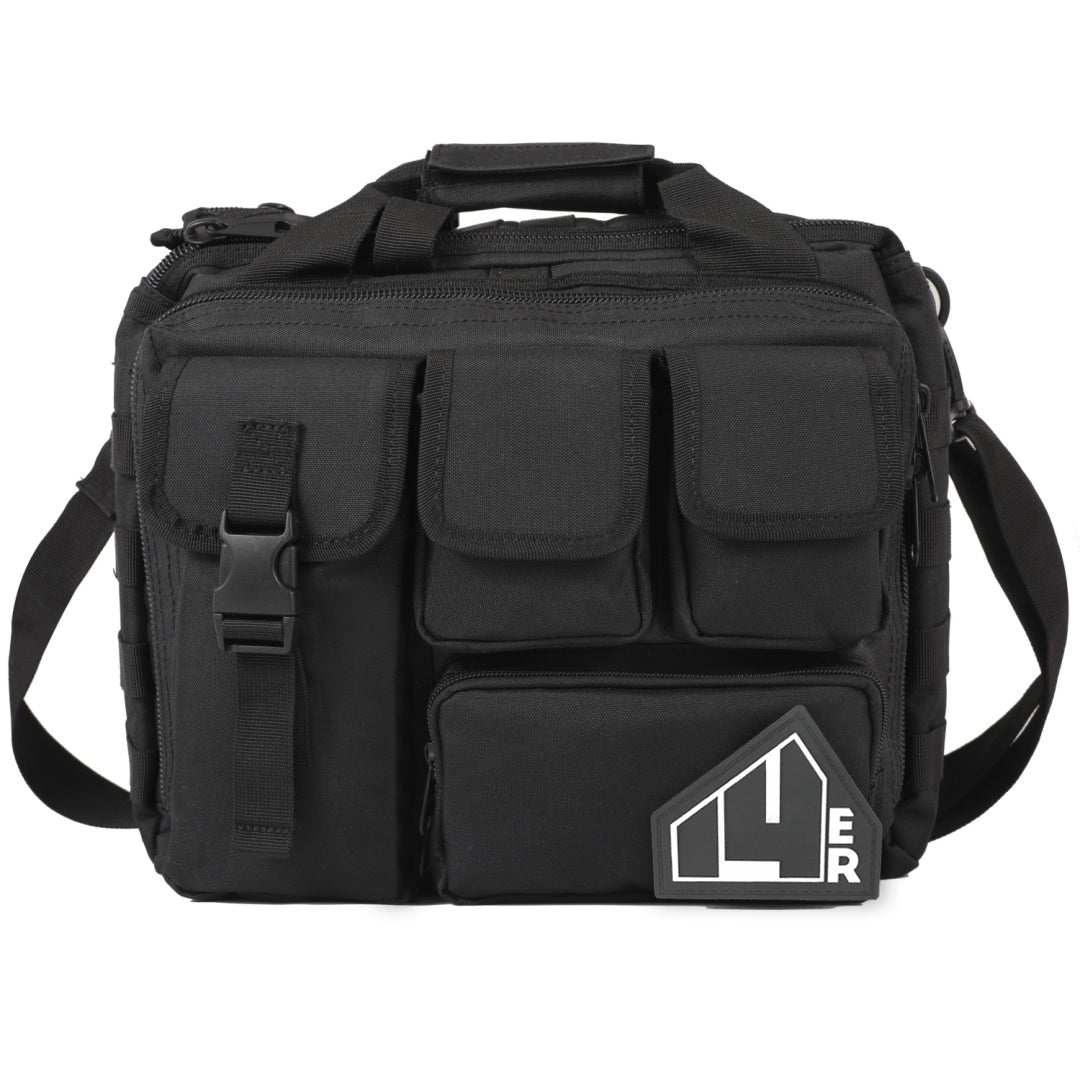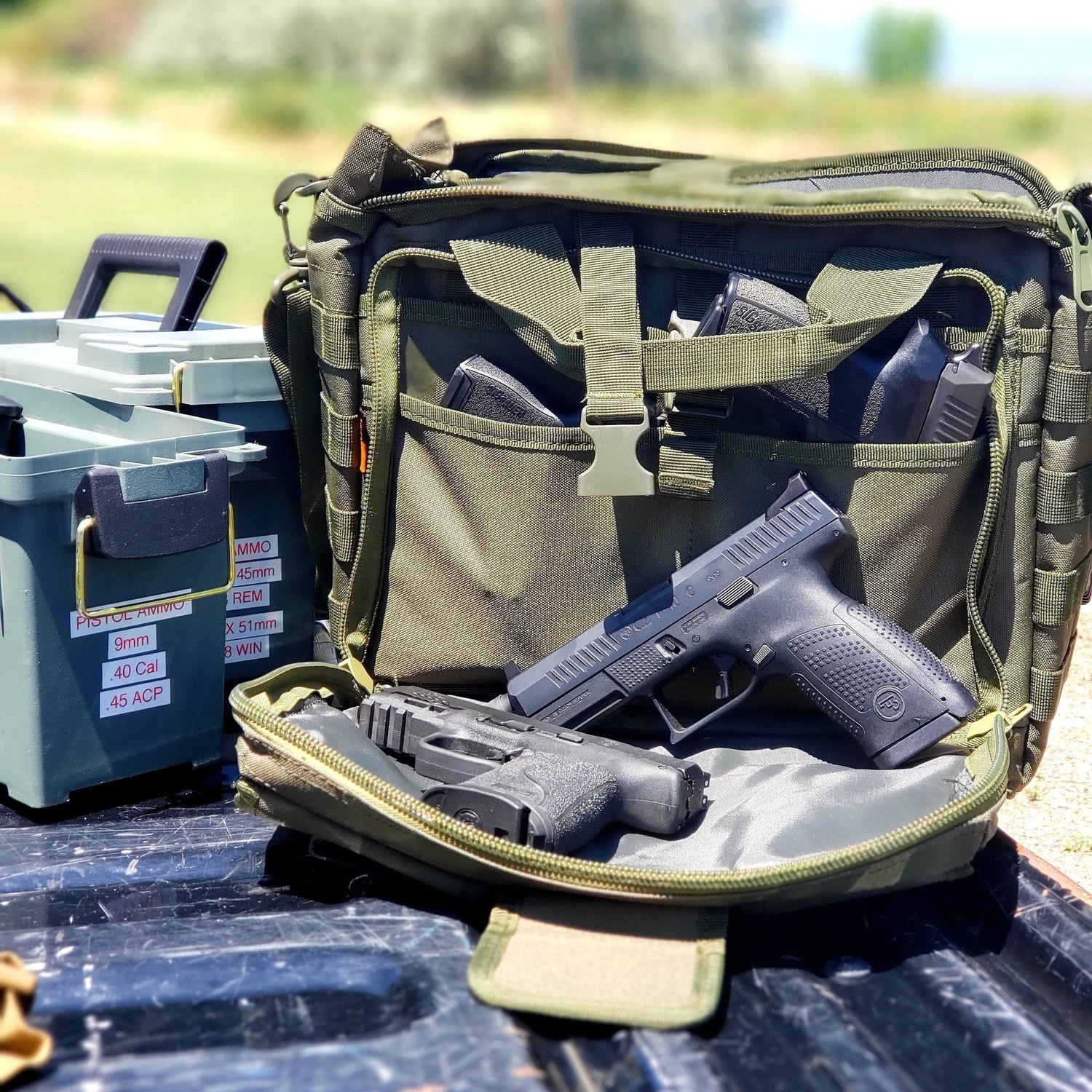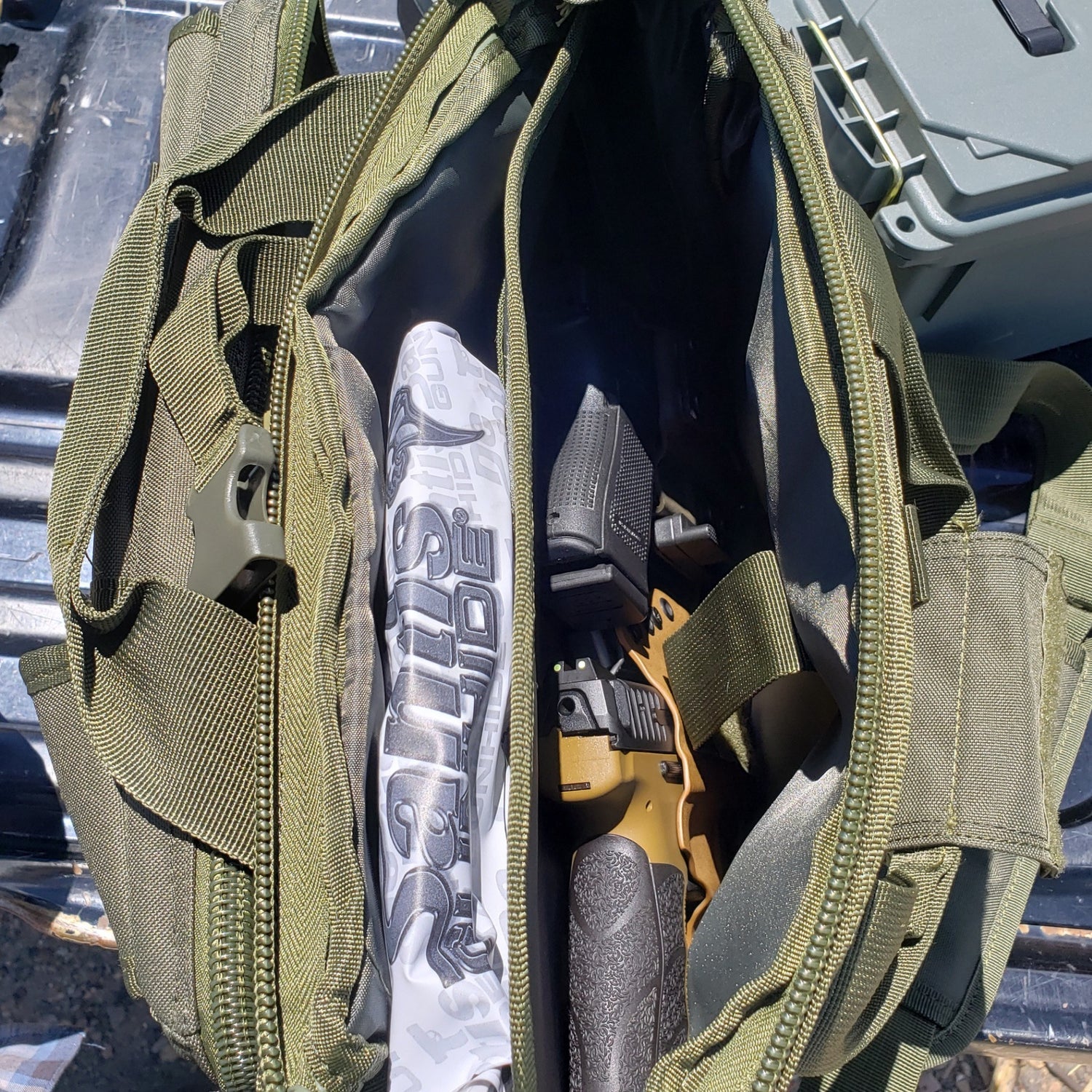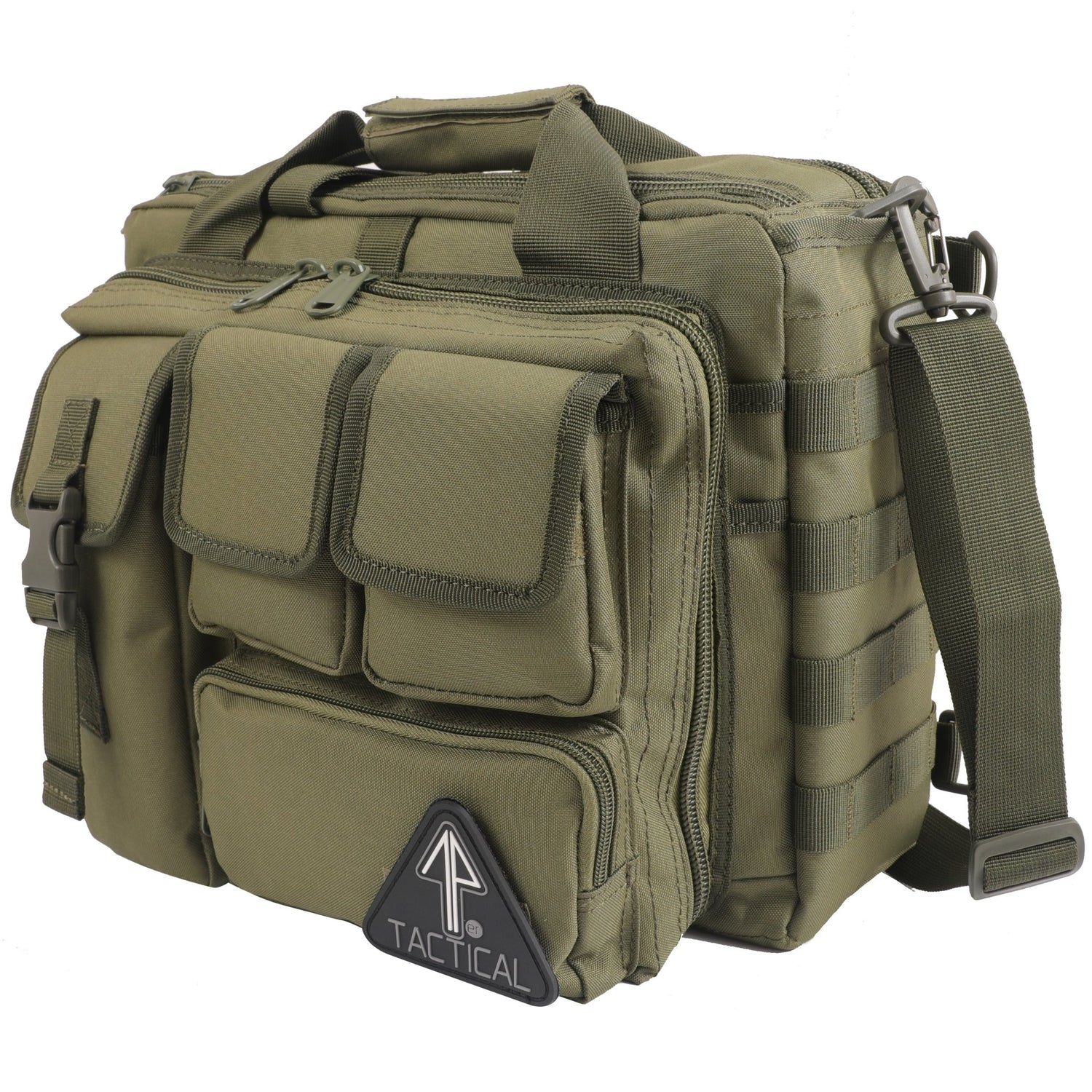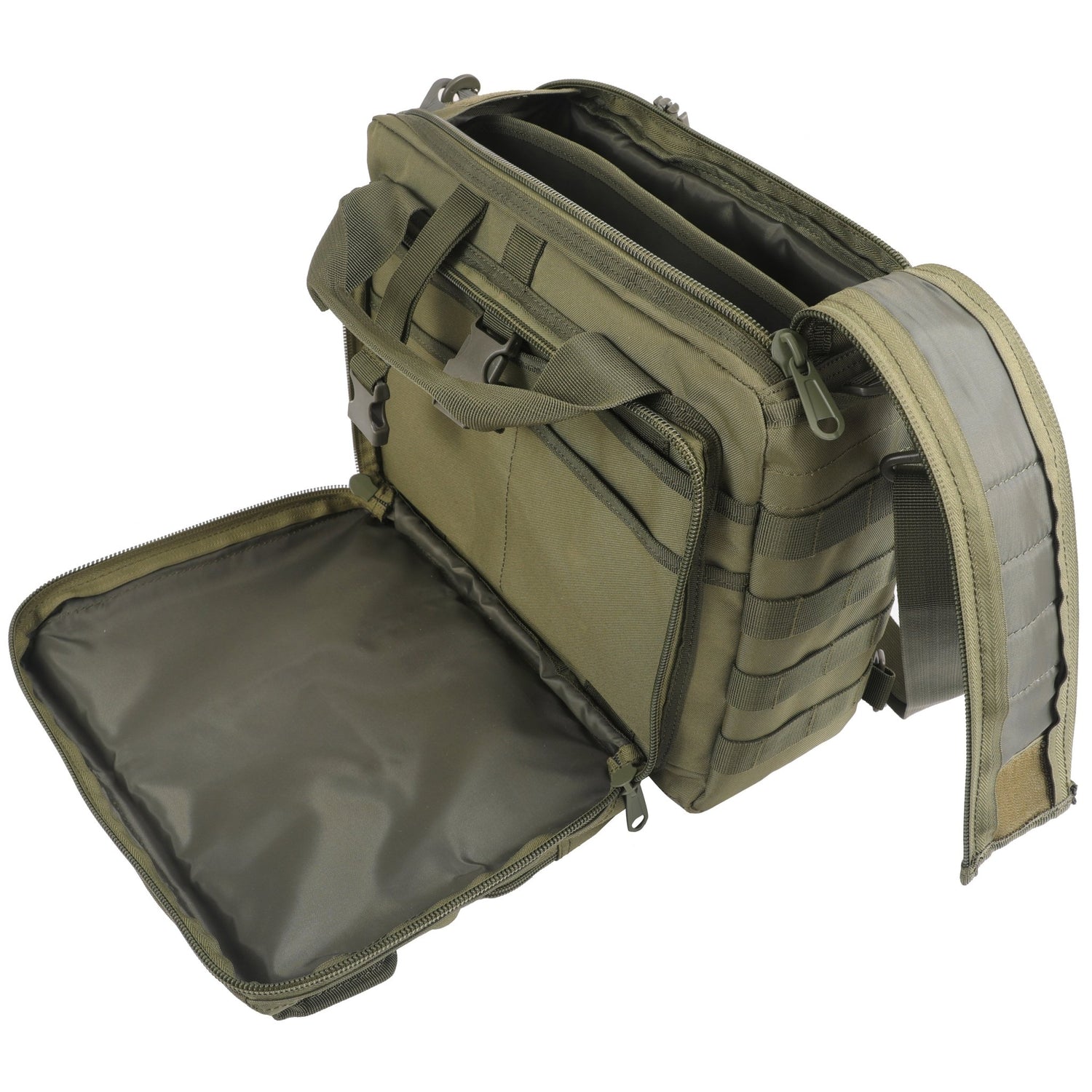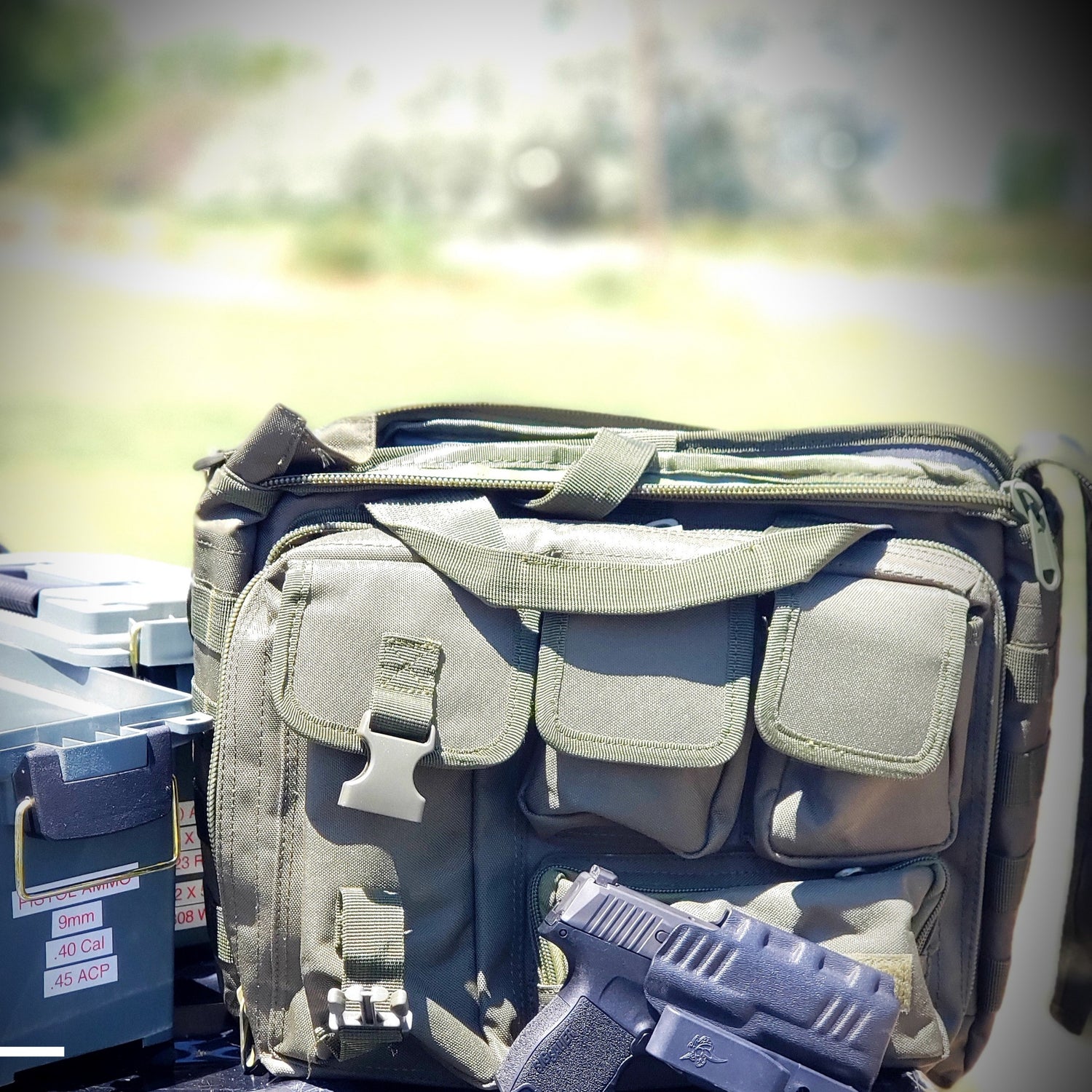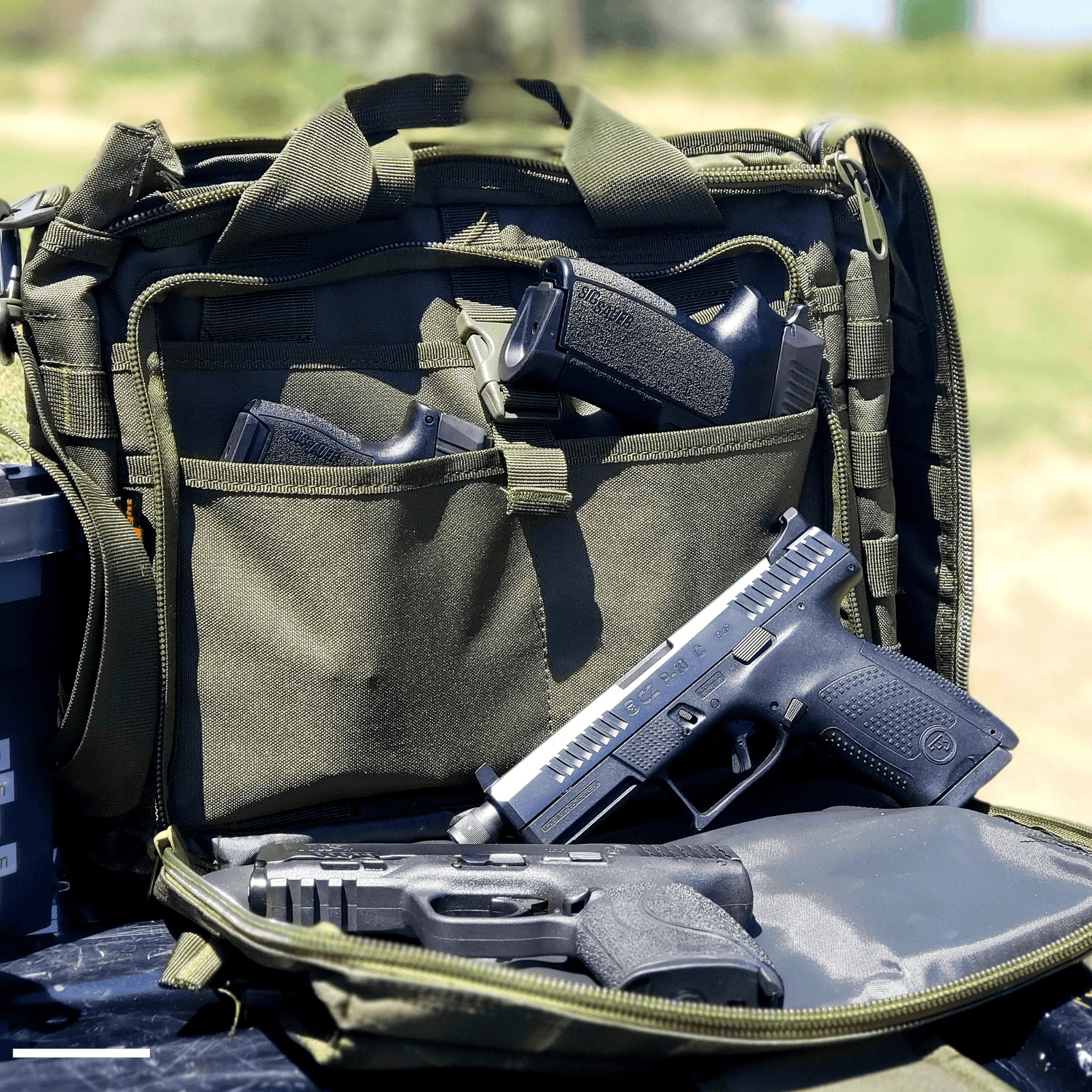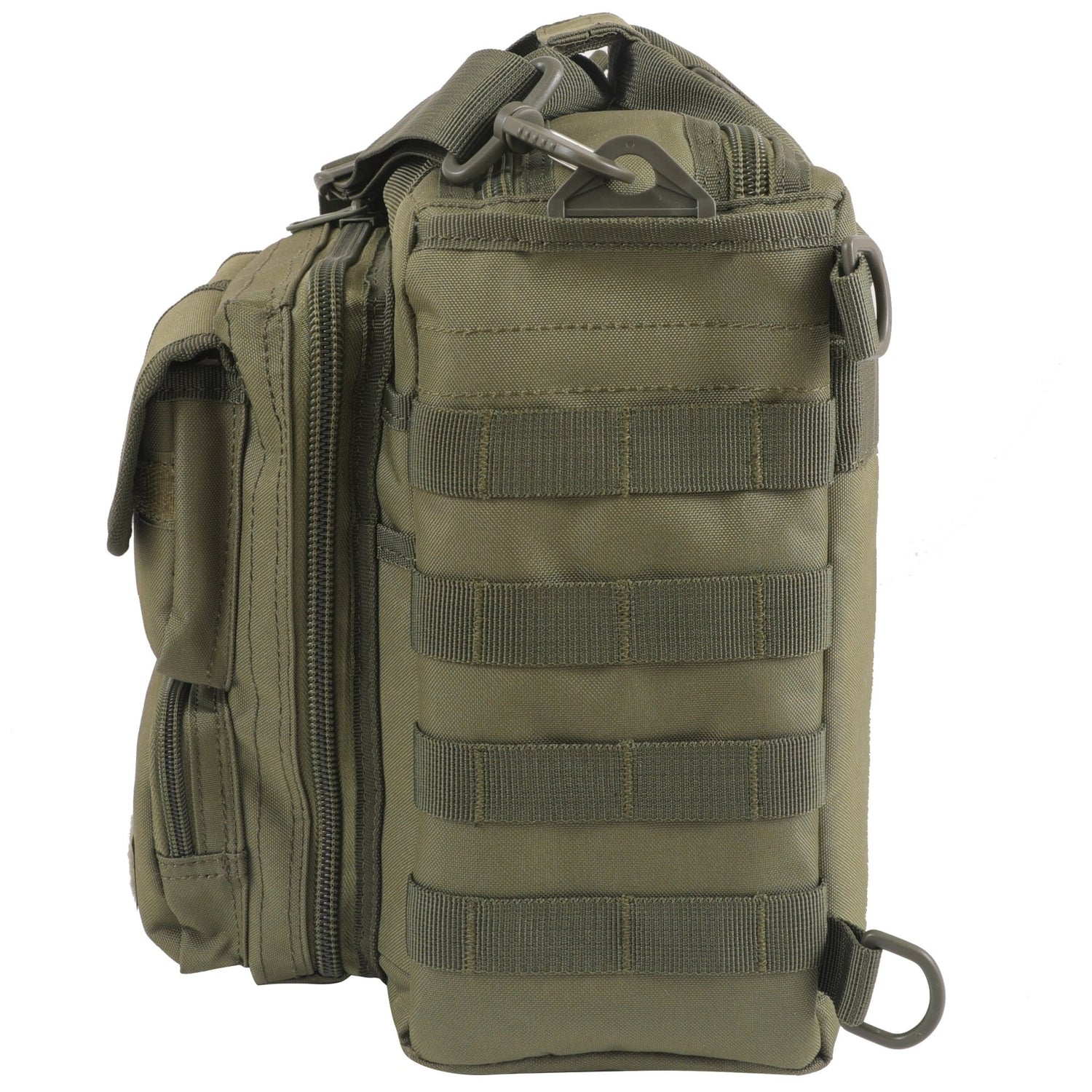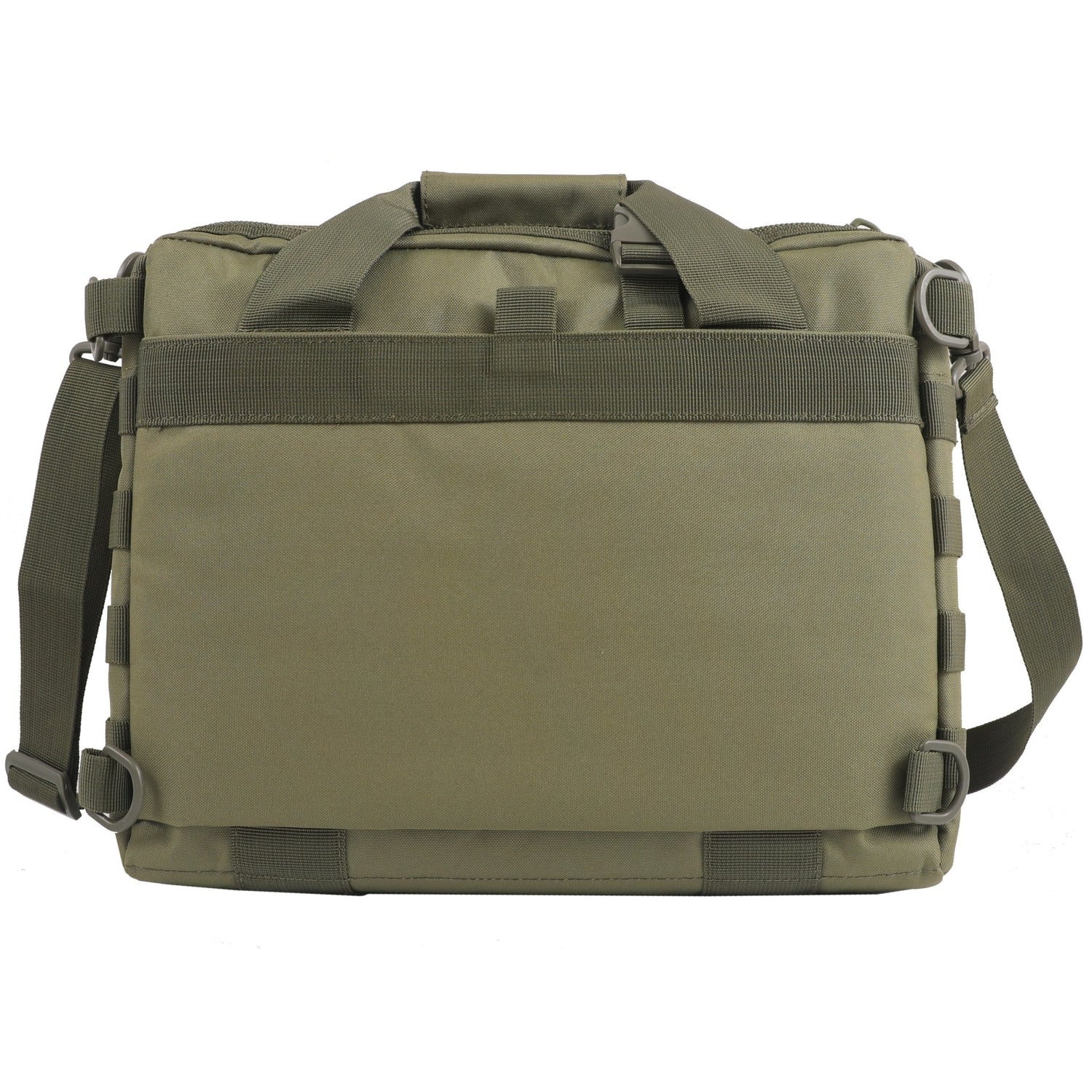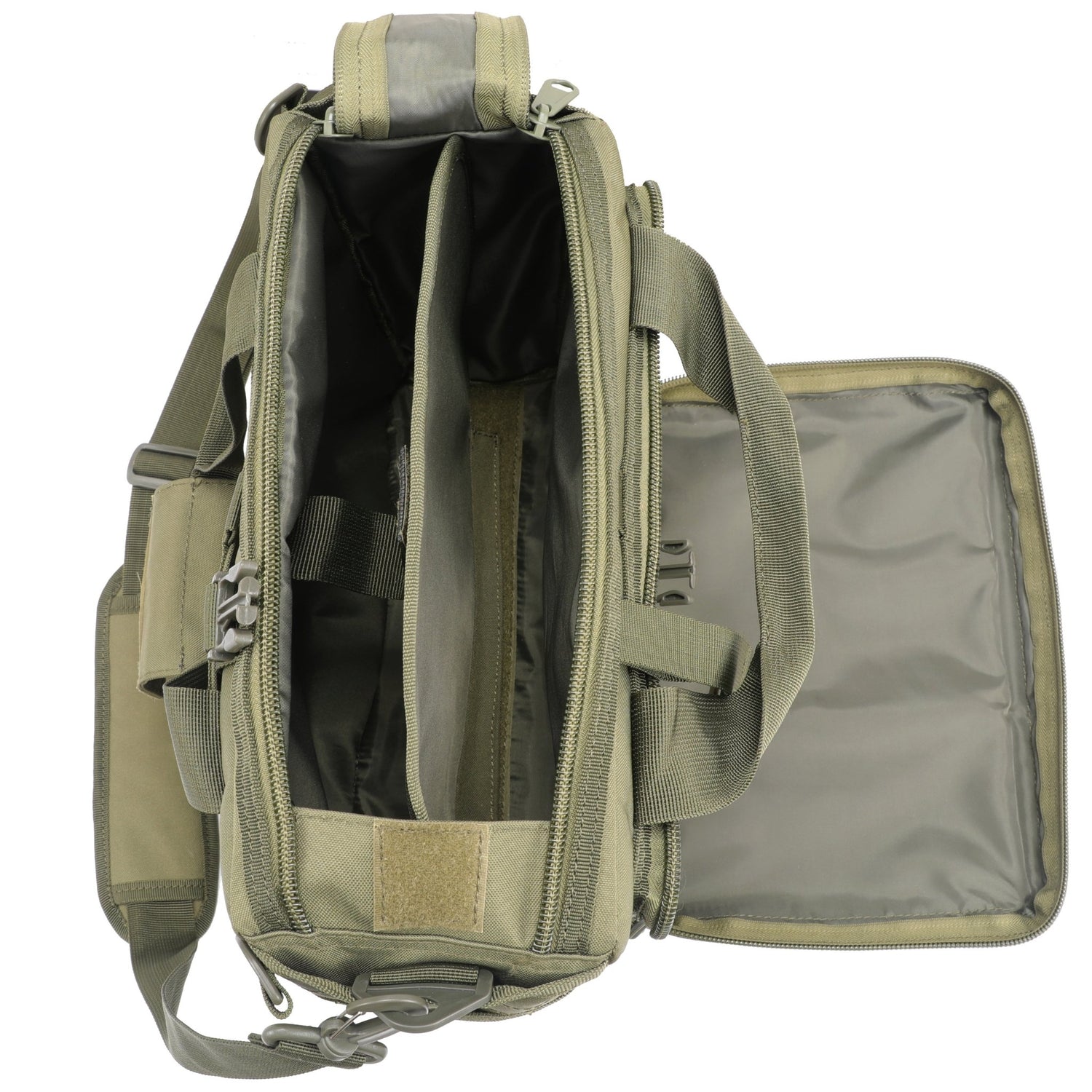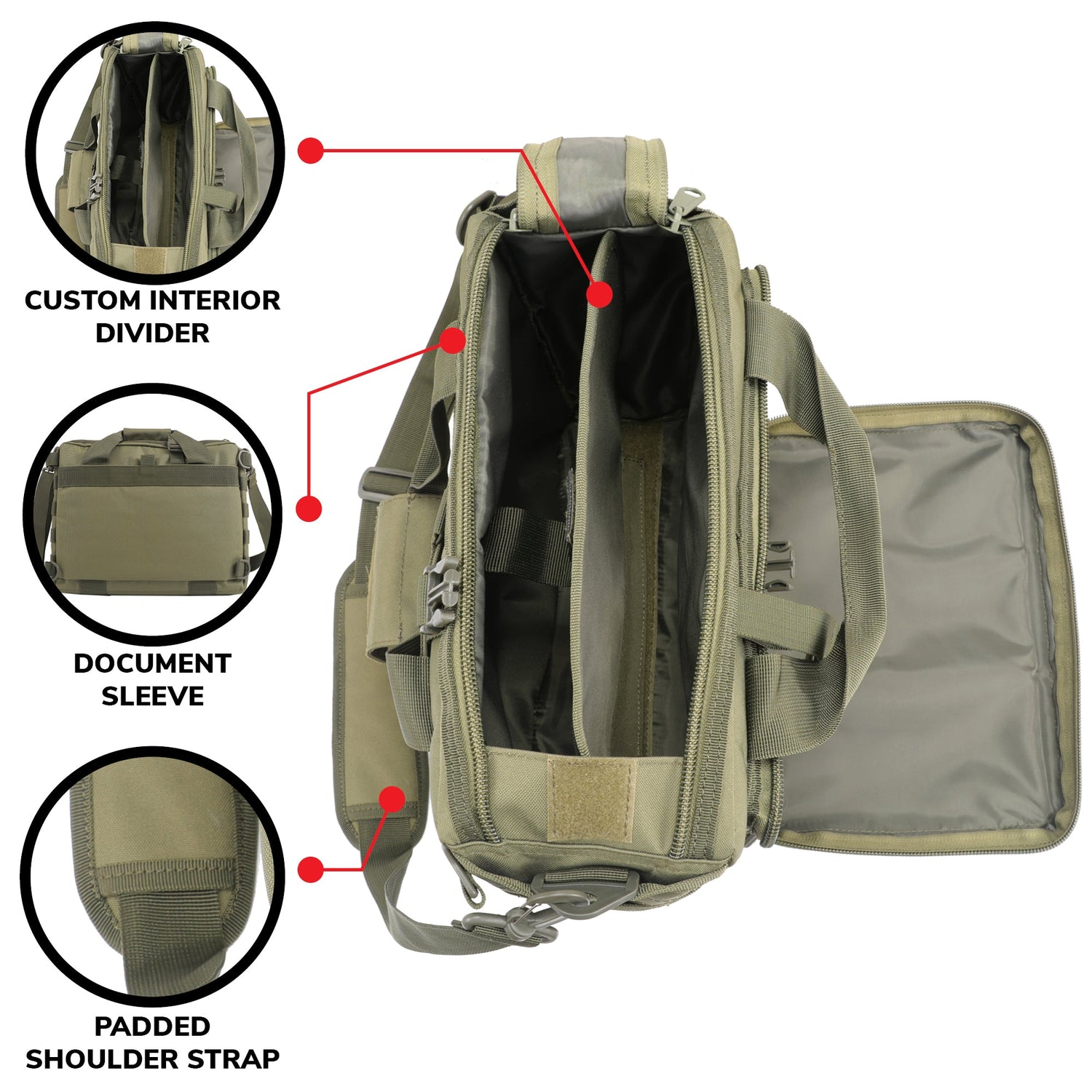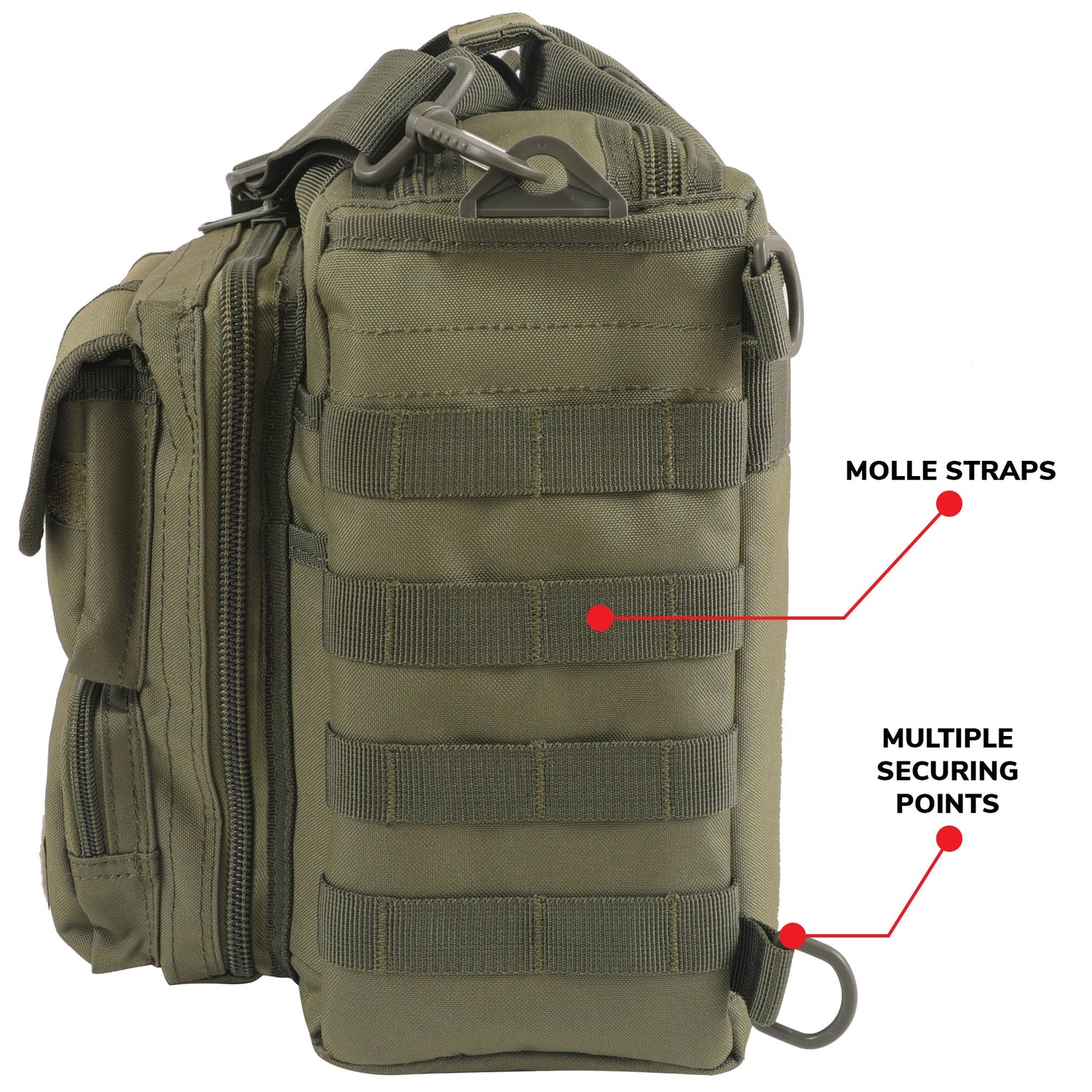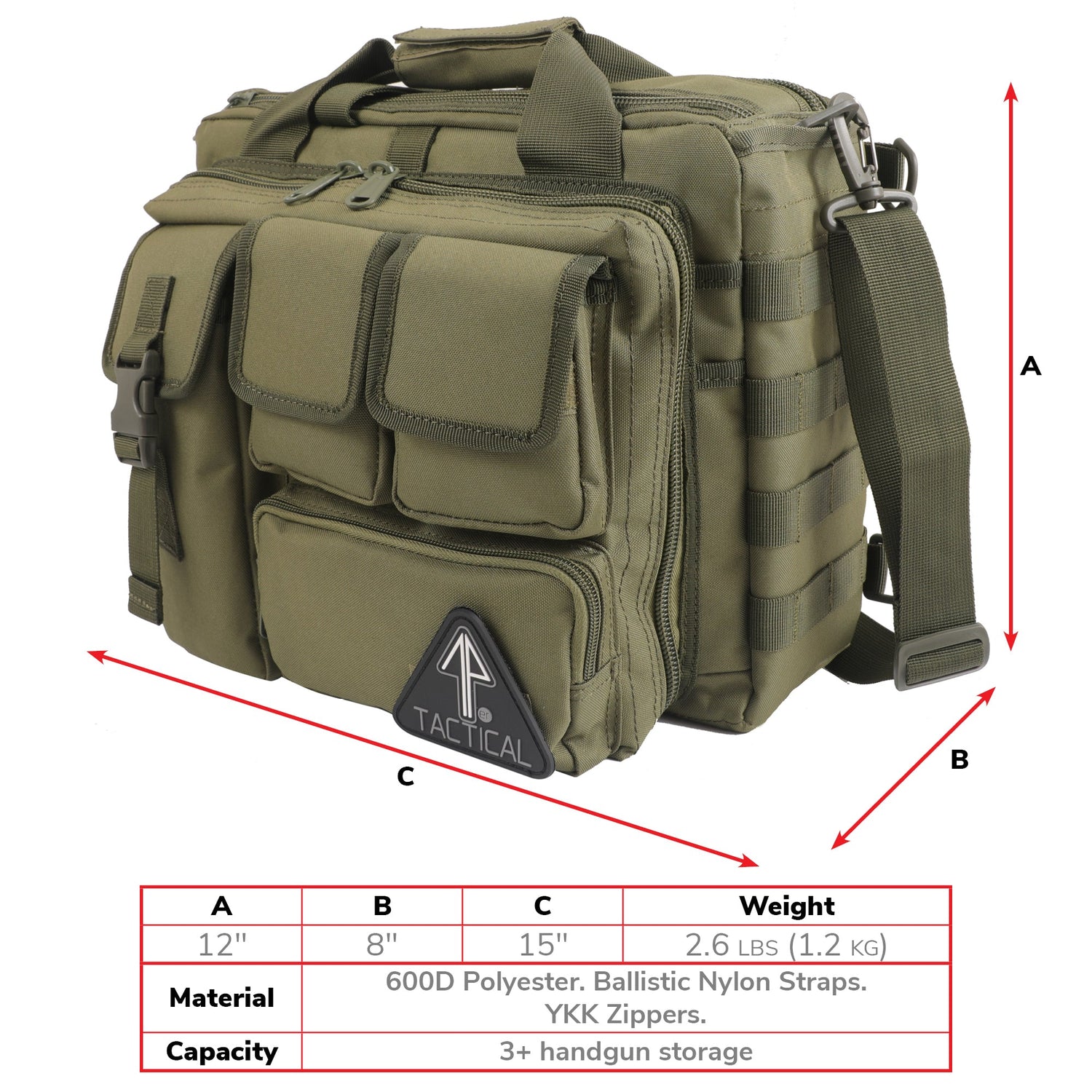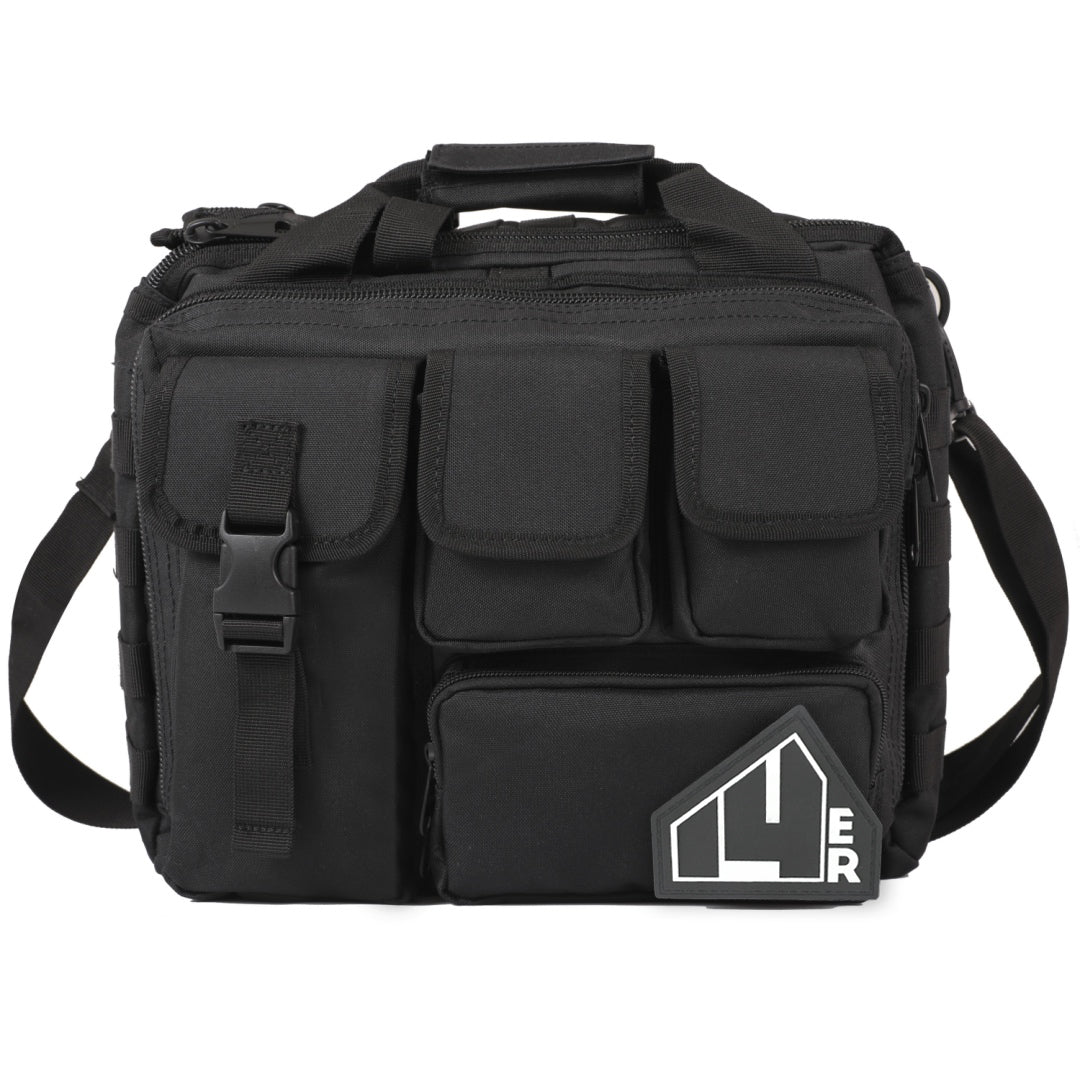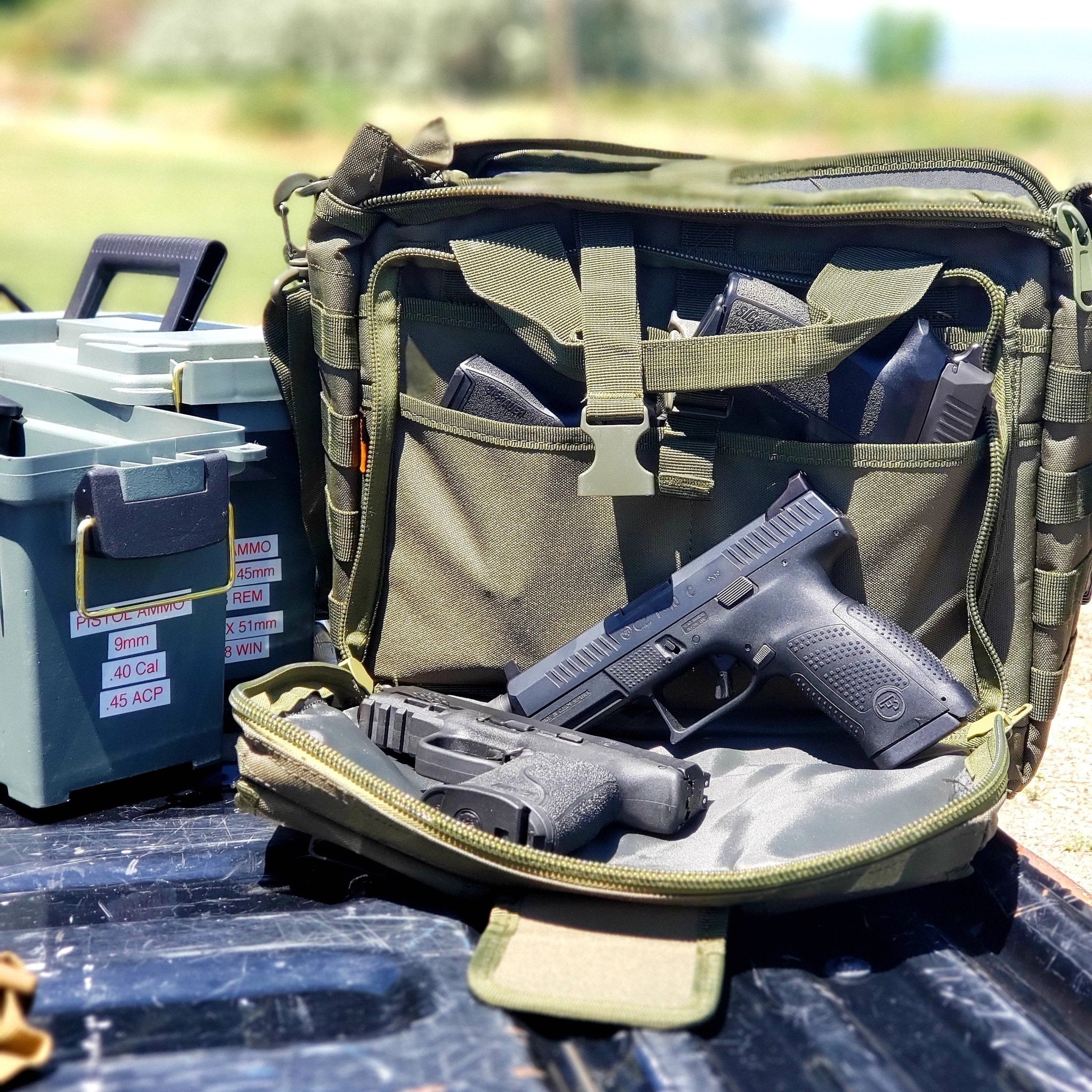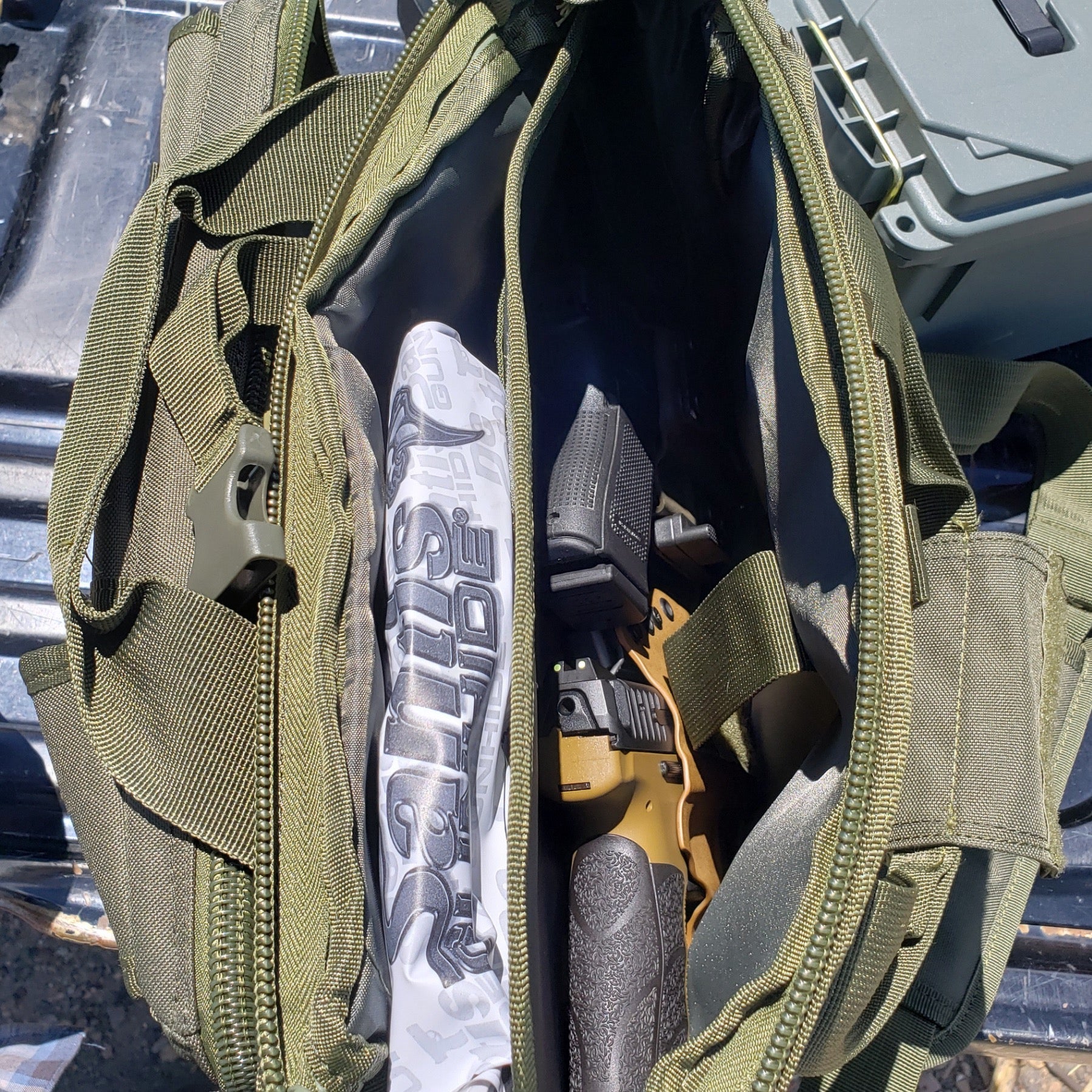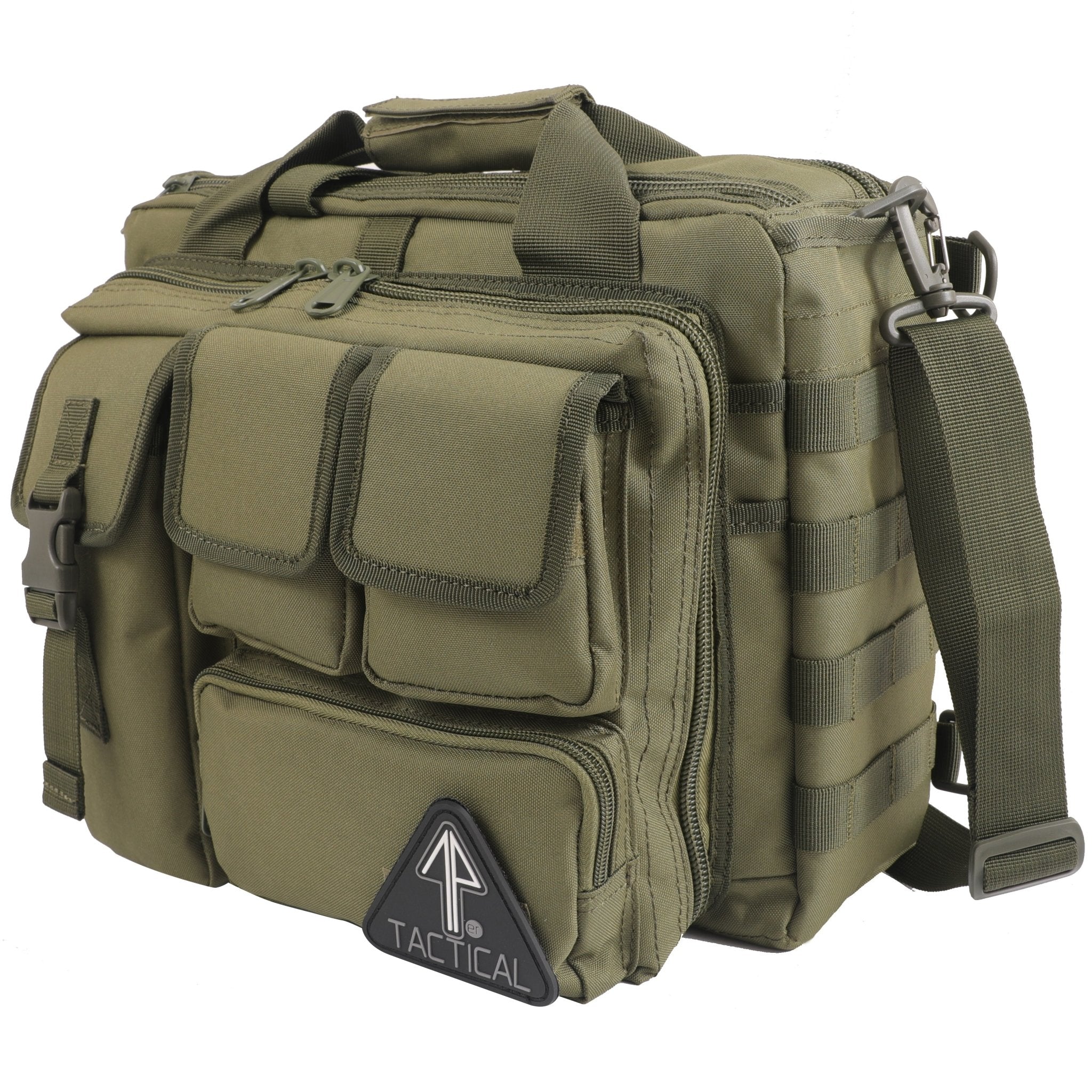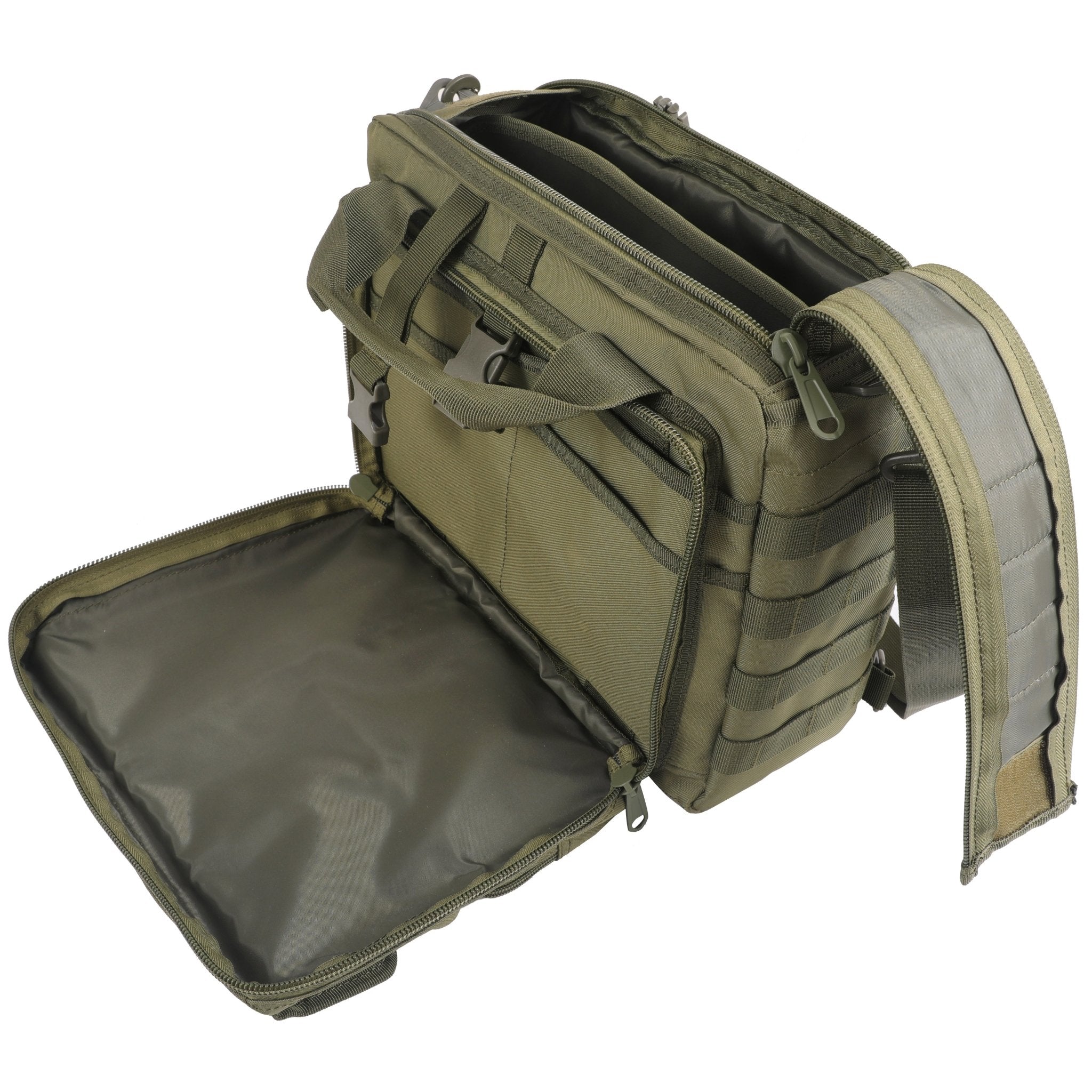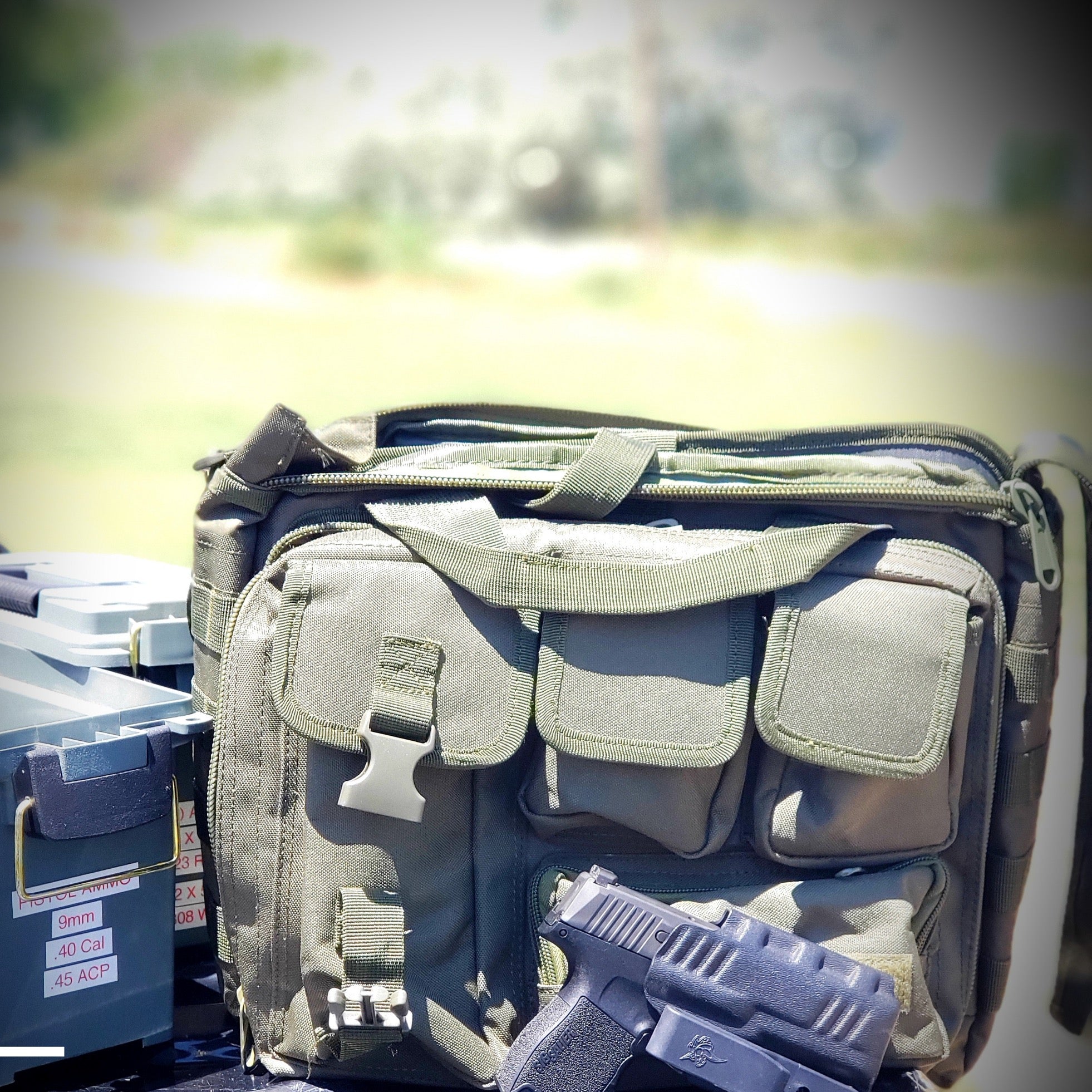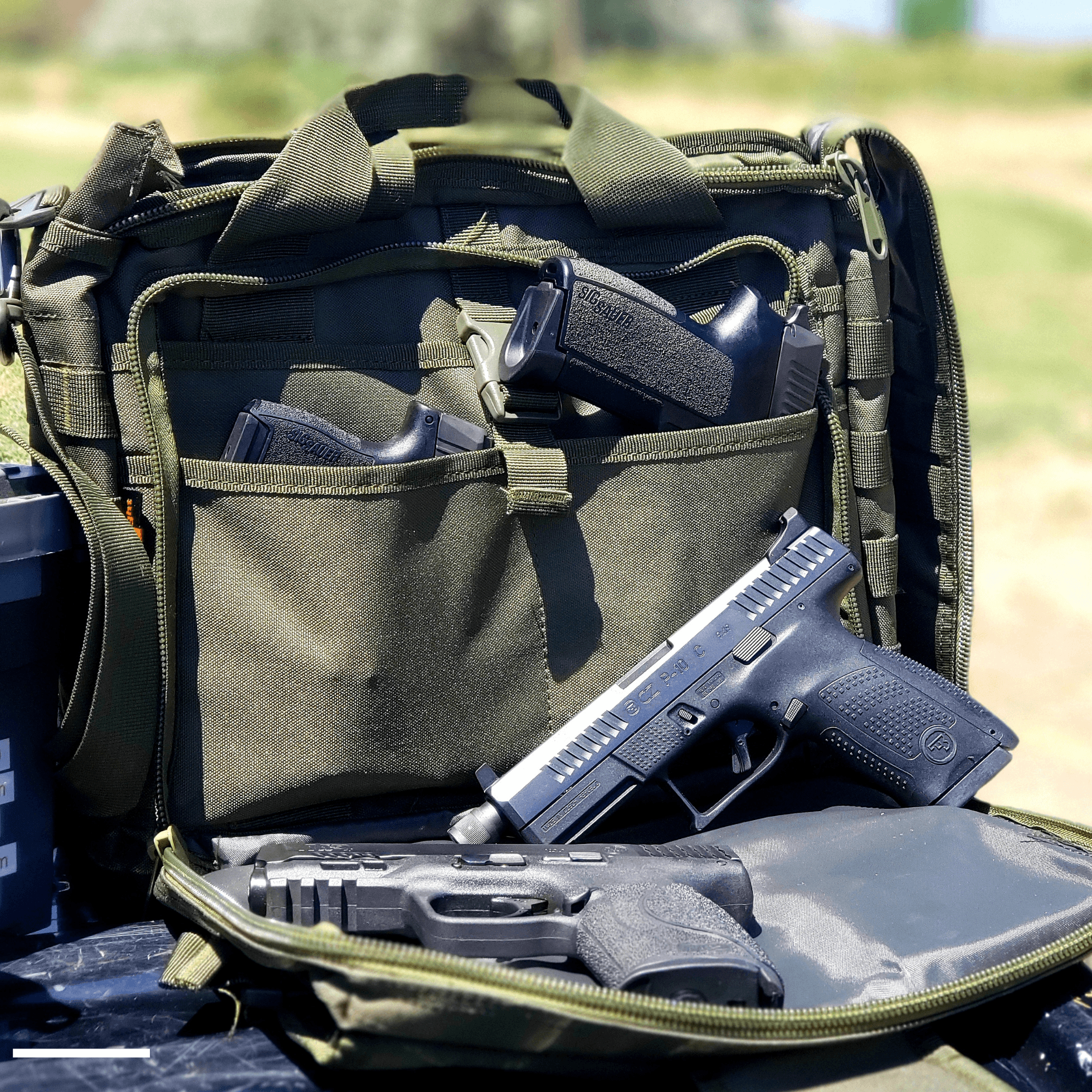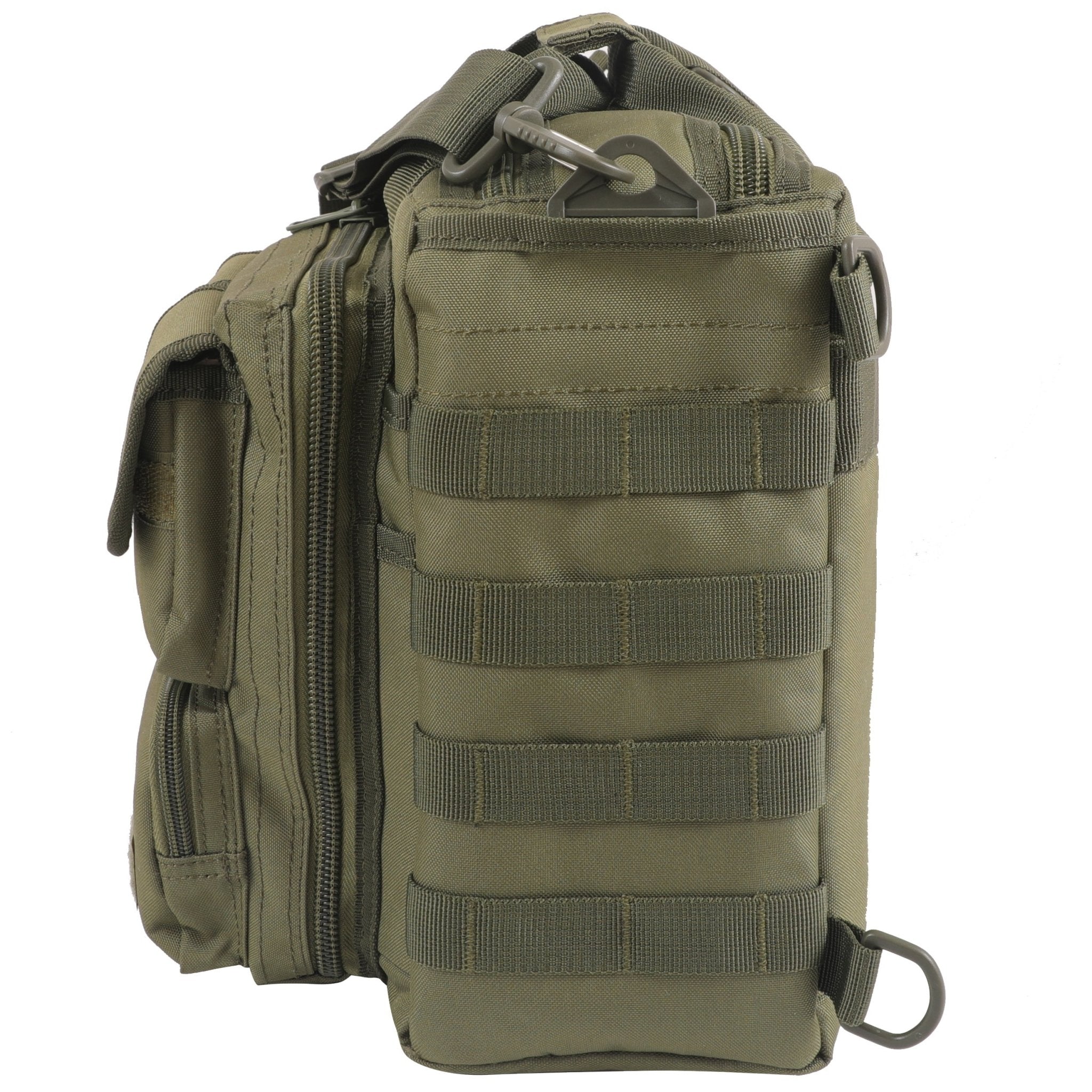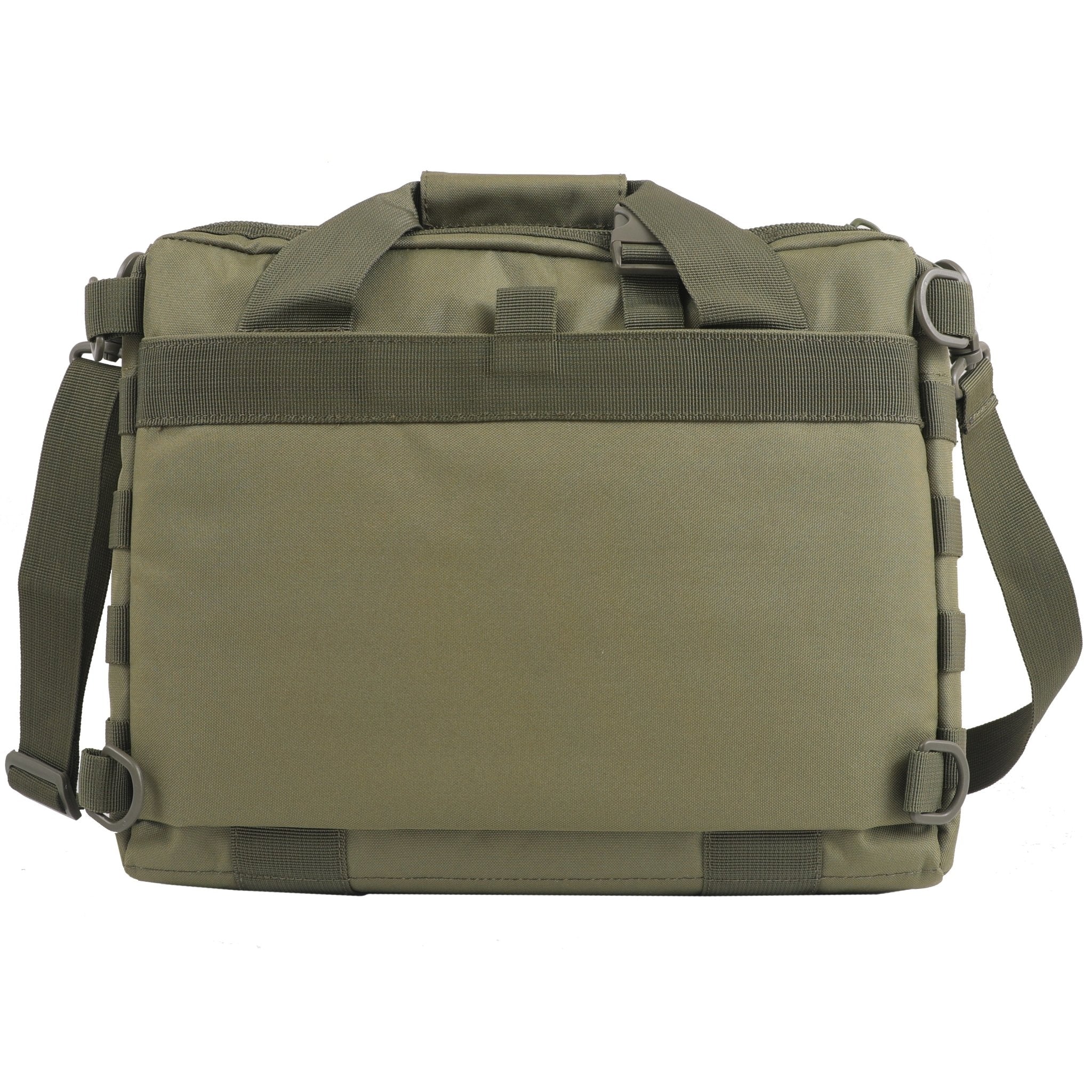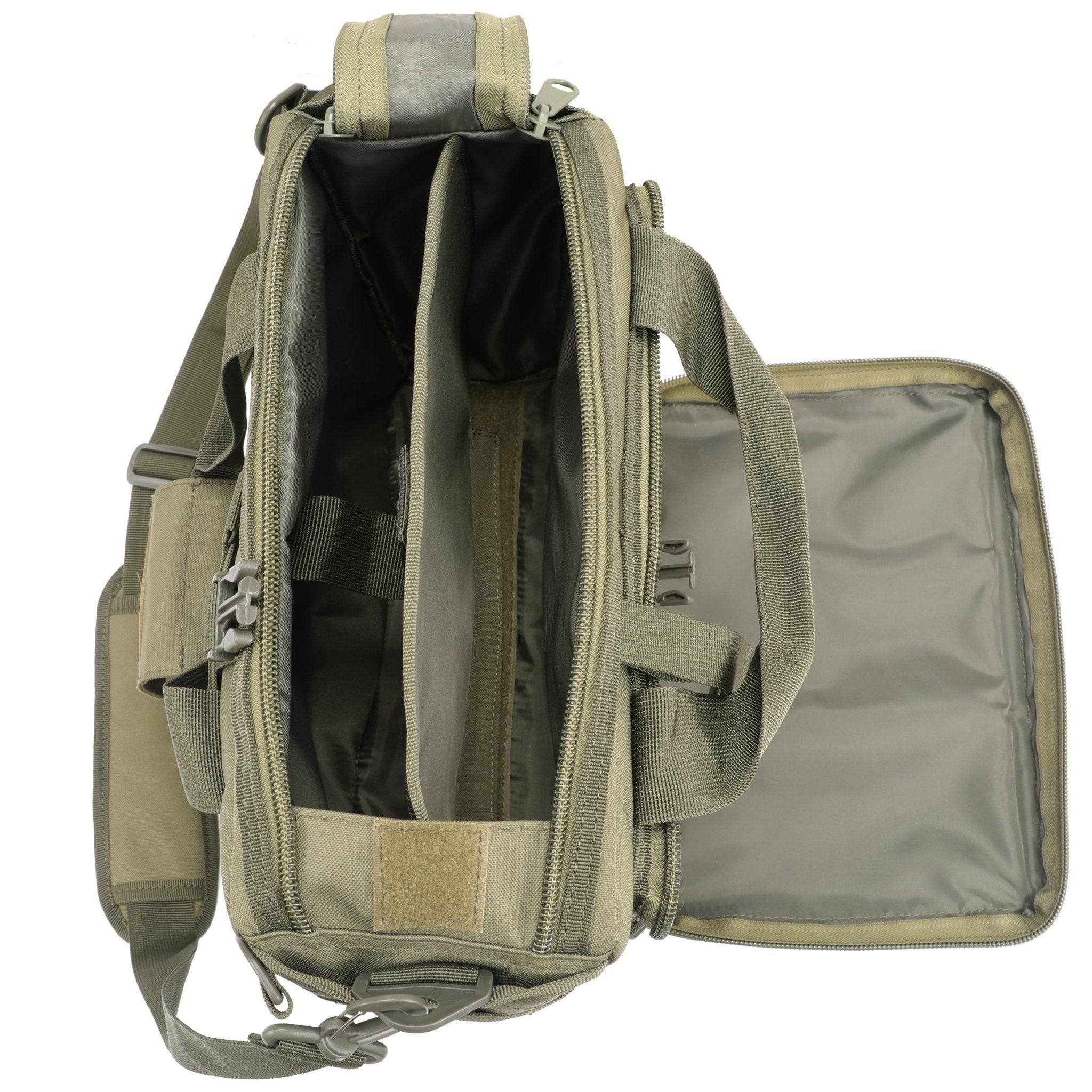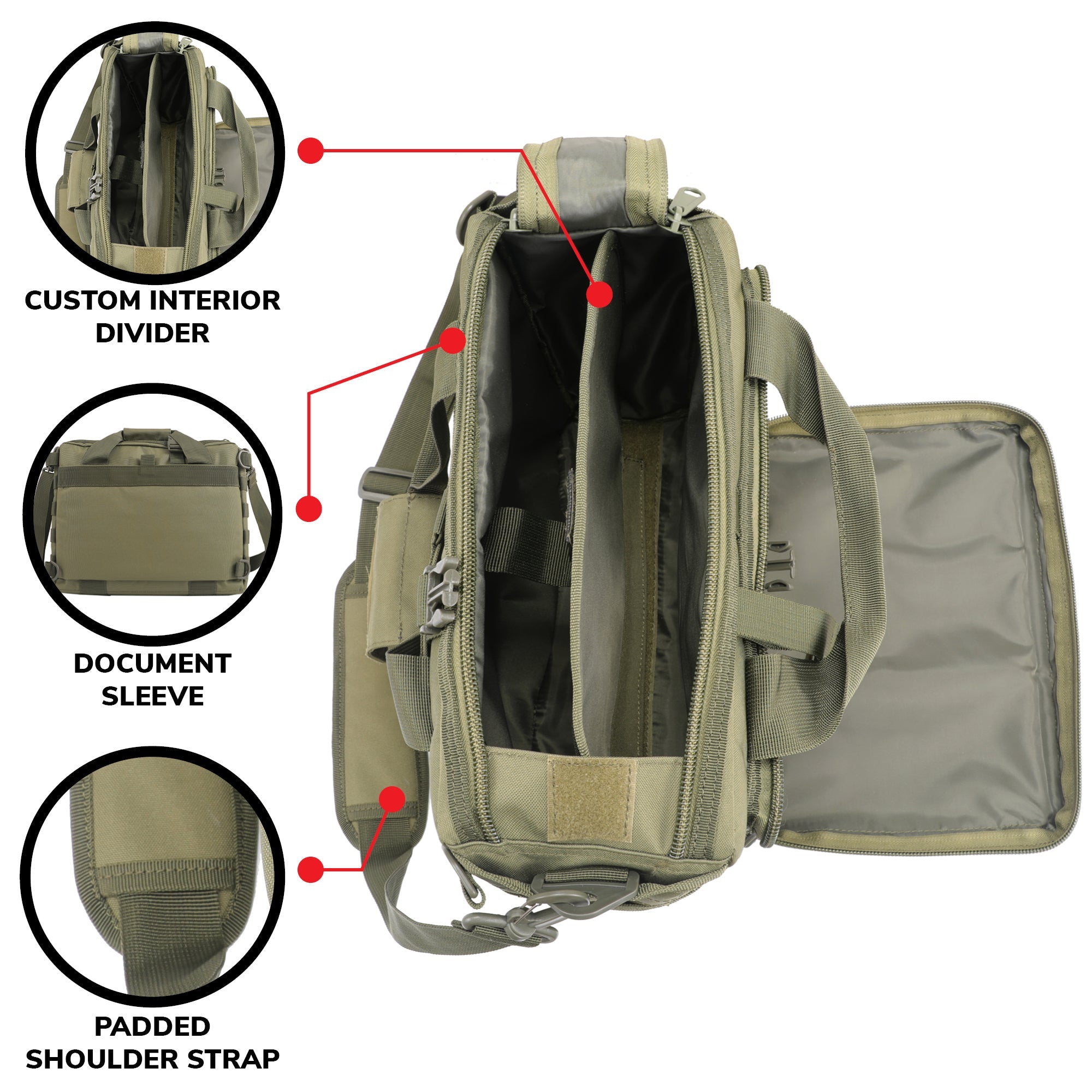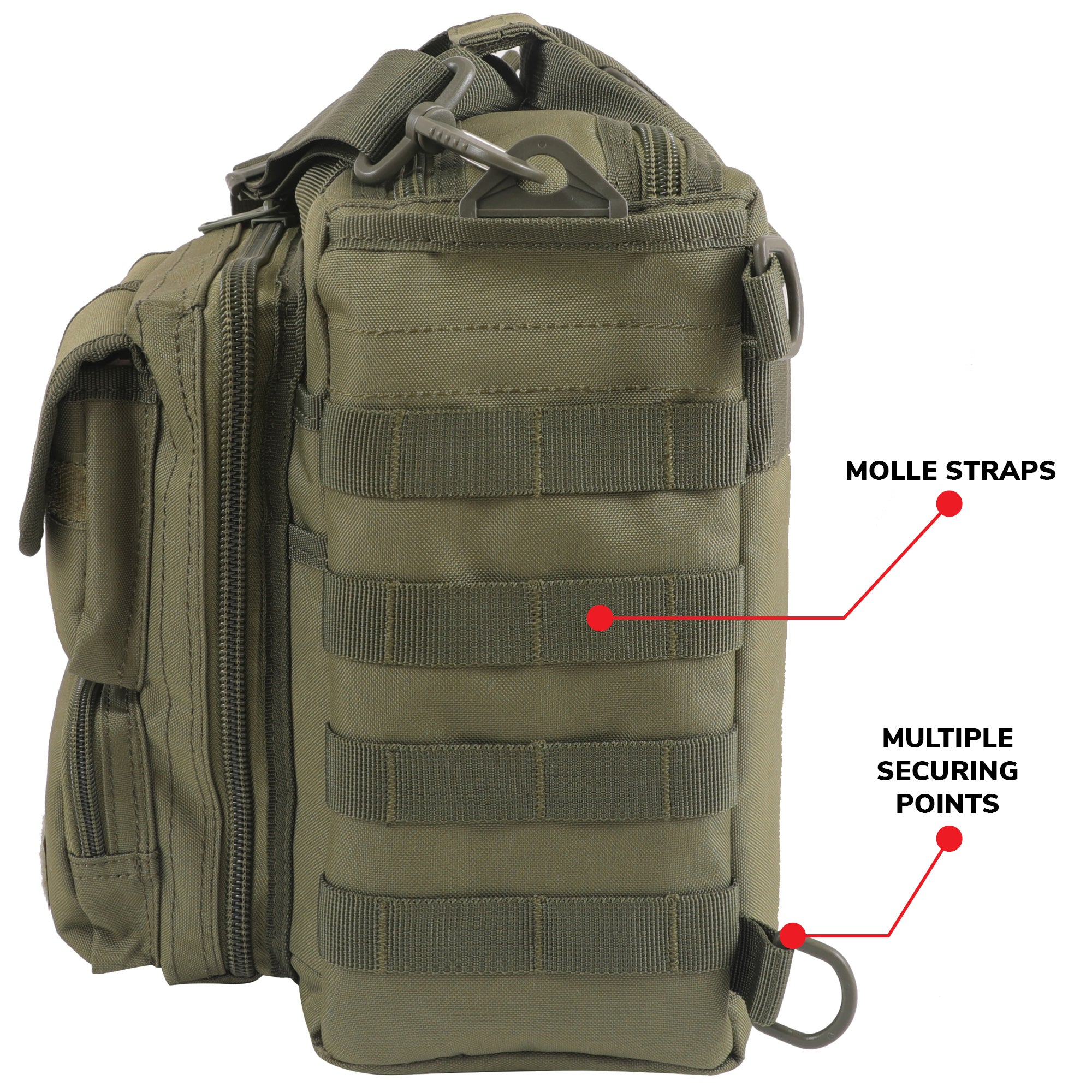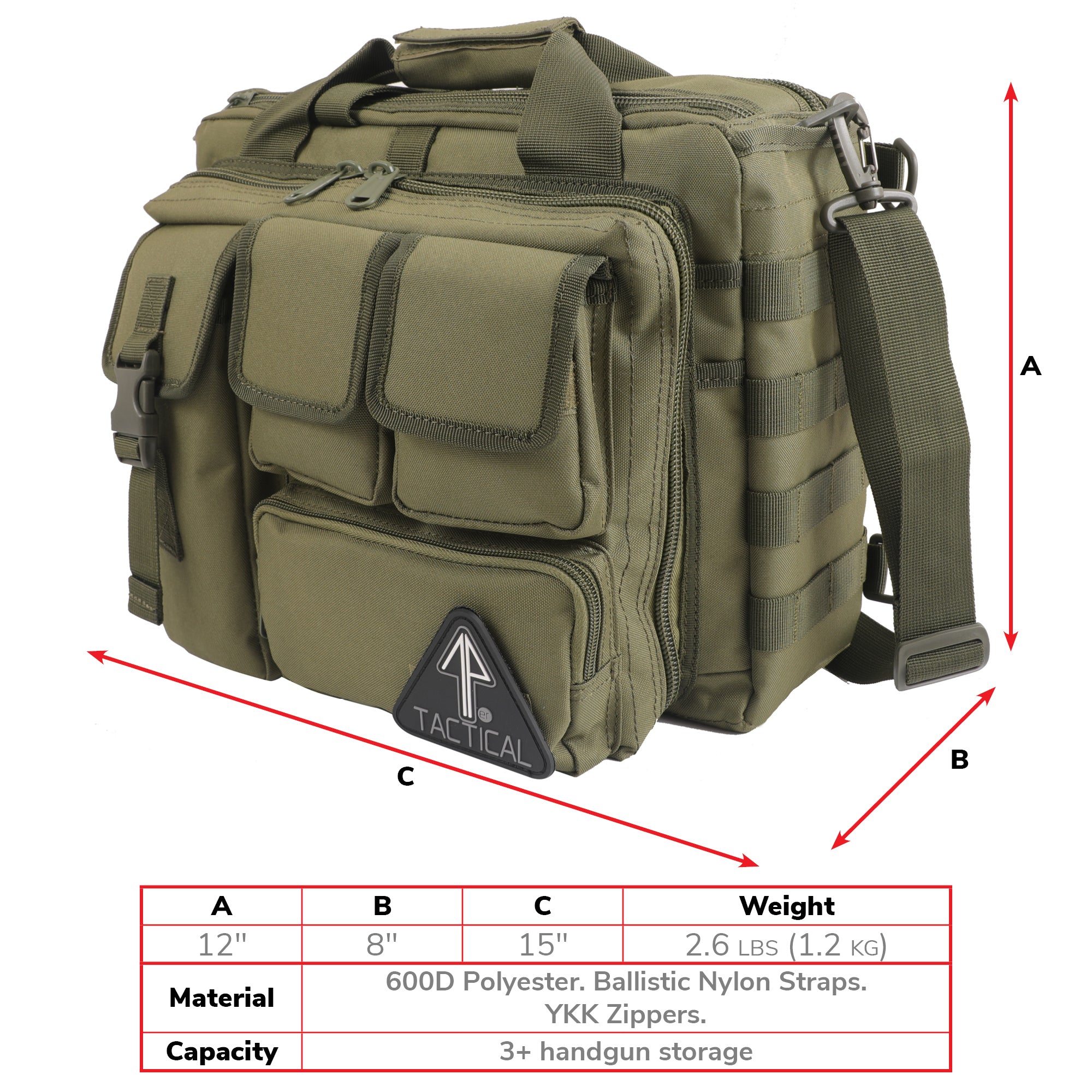So imagine you're watching an edge-of-your-seat movie where a special forces team is racing against the clock to rescue hostages from a heavily fortified building. Trust me, this isn't Hollywood fiction; situations like this happen in real life. In these do-or-die moments, there's one skill that stands between success and tragedy: tactical breaching. If you've ever wondered, "What's that all about?" you're in for a ride. Let's dig into this high-stakes world where precision and timing are everything.

What Is Tactical Breaching?
When you hear the term "breaching," you might envision a SWAT team dramatically breaking down a door. And while that's part of it, tactical breaching is a whole lot more. Think of it as a mix between a science and an art form that's been sharpened and honed over years of evolution. Long gone are the days of simple battering rams and medieval siege engines. Nowadays, military and law enforcement units employ cutting-edge technology and a variety of ingenious methods to crack open some of the toughest nuts out there.

Types of Breaching Techniques
Dynamic Entry
Dynamic entry is like the action movie star of breaching methods—it's fast, loud, and it steals the scene. It usually involves explosives and a coordinated team bursting into a room within seconds. You'll see this method used when surprise is absolutely crucial, like in the SEAL Team Six raid that led to the killing of Osama bin Laden.
Mechanical Breaching
Now, imagine a scenario where a tactical team has to get into a building without spooking hostages or setting off alarms. That's where mechanical breaching comes in. It's the quieter, more focused sibling of dynamic entry, using tools like a battering ram or bolt cutters to make way. It's like being a locksmith, only with a bit more force
Explosive Breaching
Explosive breaching is a lot more than just "stuff go boom." It's an intricate dance that requires a deep understanding of materials, structures, and physics. Trained experts figure out the best kind of explosives to use, how much to use, and where to place them to safely and effectively create an entry point. It's the big guns, used only when dealing with extremely fortified targets.
Ballistic Breaching
Sometimes, neither quiet nor explosive options will do the trick. Maybe you're working in a sensitive environment where even a small explosive could be dangerous. That's where ballistic breaching comes in, using firearms or specialized rounds to open a pathway. Quick, but without the bigger bang.
Manual Breaching
Every now and then, simplicity rules. Manual breaching involves using basic handheld tools, and sometimes even just human strength, to get through doors and windows. It might not have the flash or speed of other methods, but it's often the most discreet choice.

The Ethics and Legalities of Breaching
Here's where things get even trickier. Tactical breaching is heavily regulated by strict rules of engagement and laws governing armed conflict. Step outside those lines, and you risk not just mission failure, but serious legal repercussions. And don't forget the court of public opinion—high-profile screw-ups can turn into media firestorms, demanding both transparency and accountability.

Breaching in Modern Warfare and Law Enforcement
You'd better believe that breaching methods aren't stuck in the past. With advances in technology, including drones, robots, and even AI, we're on the brink of a new era. Imagine drones scanning a building to find the weakest point for entry, or AI algorithms suggesting the most effective breaching method based on real-time data. The fusion of tech and traditional tactics is reshaping the future of tactical breaching, making it a field that's continually adapting to new challenges.
In the end, tactical breaching is more than just "breaking and entering." It's a highly specialized and evolving skill that's critical for modern warfare and law enforcement. It's not just about muscle and firepower, but strategy, innovation, and above all, the ability to adapt and evolve. So the next time you see a tactical team in action, you'll know there's a lot more going on than meets the eye.


